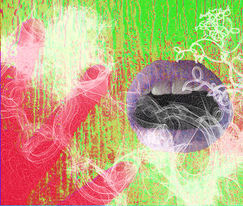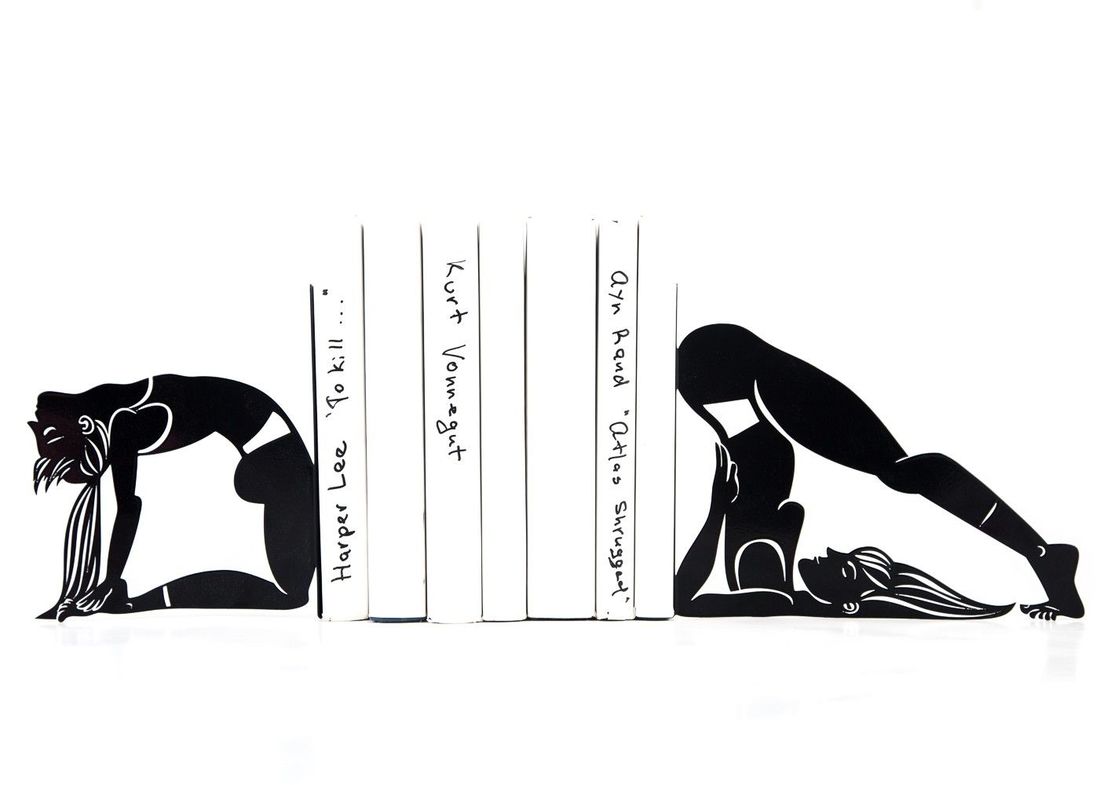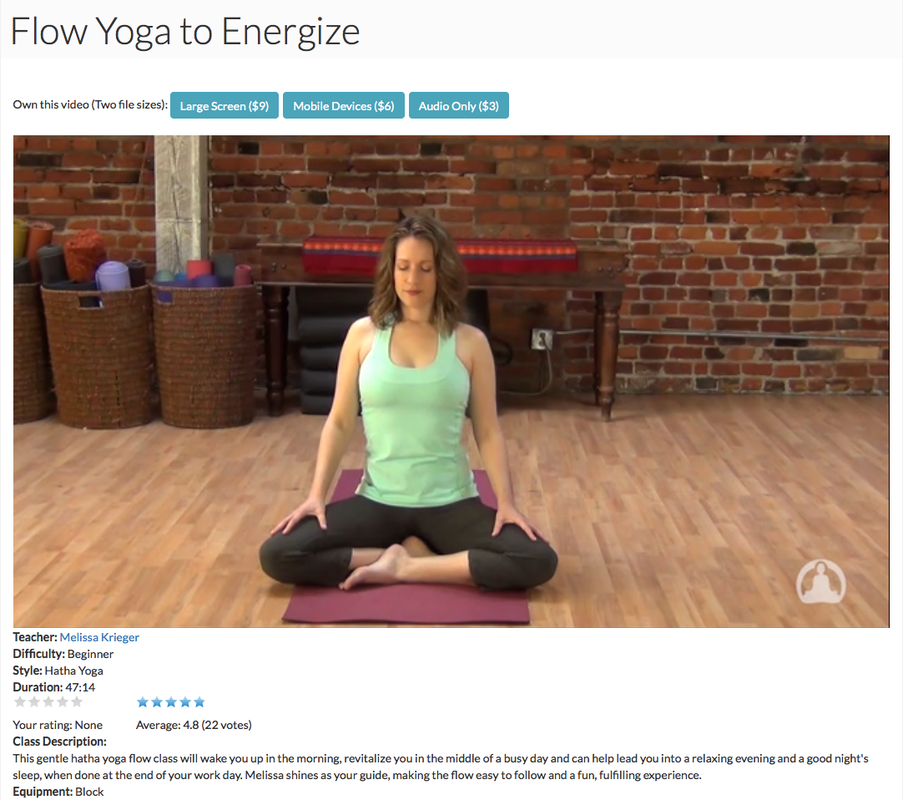|
What I've recently learned before, but maybe didn't necessarily think much about until now, is that a yoga class includes book ends. Book ends? Kind of like in a workout, there is a warm-up to start and a cool-down to finish. Although those are included in a yoga class, there are also two additional pieces. 1. Centering. Bringing class participants to the present and readying them for practice. 2. Savasana. Final pose. Time for the practice to integrate. My assignment this week was to write one of each. It was somewhat tricky to write out. At first, I asked my dear Siri to help me. I spoke to her and asked her to scribe the words out for me. That worked okay. But the real work was sitting in front of my words and tweaking them to sound like the best version of what I want to say.
Here is a look at what I wrote: Centering Come to a seated position. Relax your shoulders take a deep breath in and a deep breath out. Let the body relax and forget the rest of your day. Leave it at the door. There's no need to think about the past or the future. Think about the present moment. Settle to yourself on your mat. Slowly lower yourself down on your back and allow the mat to support your bodyweight. Take a deep breath in and let it slowly trickle out of your mouth. Take another deep breath in and slowly let it come out of your nose. Feel the difference in your breath when coming out of your mouth and when coming out of your nose. Slowly take another deep breath in and exhale what feels the most comfortable to you. As you relax into the mat, feel the weight of your body and all the contact points on the mat. Feel where your heels meet the mat. Feel for the back of the knees and where they meet the mat. Feel where your hips and low back meet the mat. Feel where the shoulders and back meet the mat. And as you reach the top of your body, feel where your head meets the mat. Slowly take another deep breath in and exhale your body deep into the mat. As you become increasingly still lying on your mat, start to think about a mantra or a purpose to your practice today. It might be simply “relax” or “calm” or “present”. You may make it more specific to you as “I am relaxed”, “I am calm”, or “I am present”. Create a mantra for yourself to remind yourself throughout your entire practice why you came to the mat today. This mantra will guide your practice and take you through a practice that is needed not only for the physical body but for the heart and the soul. Slowly take another deep breath in and exhale as you say your mantra to yourself. ***few moments of silence*** Begin to connect back to the physical space and your place in the room. Begin with slow movements and when you are ready slowly lift your feet to plant them on your mat. Knees bent, facing towards the ceiling. As you feel you can bring more movement to your body, slowly lift your knees to your chest and place your hands gently on the legs for a gentle hug.
0 Comments
 Nothing like sitting and breathing and letting the body tell you what is what! Not only does the breath bring you to the mat (mindfulness anyone?!) but the use of the amazing, physiological capabilities that provide our perception - the senses. As we all know them, the five traditional senses are: What you hear? What you see? What you taste? What you smell? What your skin feels? The more scientific definition, which I equally appreciate is: "A system that consists of a group of sensory cell types that responds to a specific physical phenomenon, and that corresponds to a particular group of regions within the brain where the signals are received and interpreted." I had never thought of starting a yoga practice by using the various senses. I have previously designed and facilitated a workshop on simulating the senses in an indoor cycling class called Reinventing Your Spin Class: Conscious Change Through Creativity!. So why not use the same principles when designing yoga practice too? The foundation of the workshop I taught was based on the book, On Becoming An Artist: Reinventing Yourself Through Mindful Creativity, by Ellen J. Langer. A great read to spark some creativity! I am always looking for ways to become a better speaker, facilitator, and teacher. This week’s practice, thanks to Do Yoga With Me, has opened the idea of using the senses to help audiences, clients, and participants to connect. And, I think I need to take another read of Langer’s book…a 2016 perspective versus the original 2009 perspective. Linking the senses to yoga practice as a whole is an interesting topic. In my internet search, I came across two opposing perspectives with the incorporation of using the senses in practice. First, Deepak Chopra talks at length about Ayurveda and using the senses for health. When thinking of a class setting, the music hits the ears, the eyes witness the namaste symbol, the scent of lavender in eye pillows, the taste of water after a vinyasa flow and the touch of a yoga mat under ones’ toes. Now I am no expert in Ayurveda (actually I would call myself a beginner) but yoga is linked to Ayurveda to some degree. Yet, my second search dropped me into the Yoga Sutras. Here we go! So much I don’t know! Pratyahara or Sense Withdrawal, is the fifth rung of the eight sutras. What it purports is to withdraw the senses instead of using them in practice (primarily in meditation). What was beautifully written as: "The senses are said to follow the mind in the same way the hive of bees follows the queen bee. Wherever she goes, they will follow. Similarly, if the mind truly goes inward, the senses will come racing behind.” My grand idea of using the senses in practice may actually be defeating one of the key parts of yoga. Well, I won’t solve this one anytime soon. But interesting nonetheless. How do your senses engage in your yoga practice? LW |
Aspiring Yoga TeacherI've practiced yoga since I was a pre-teen and have always found it to keep me centered. I will be a teacher one day and this is my journey to discover teaching and practice. Archives
April 2019
Categories
All
|
Edmonton, Alberta


 RSS Feed
RSS Feed